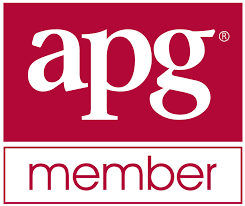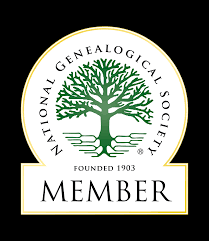New Update from Ancestry!!
Ancestry just released 479 new journeys for Central and Eastern Europe!!
-Aimee Rose-Haynes
6/19/20253 min read
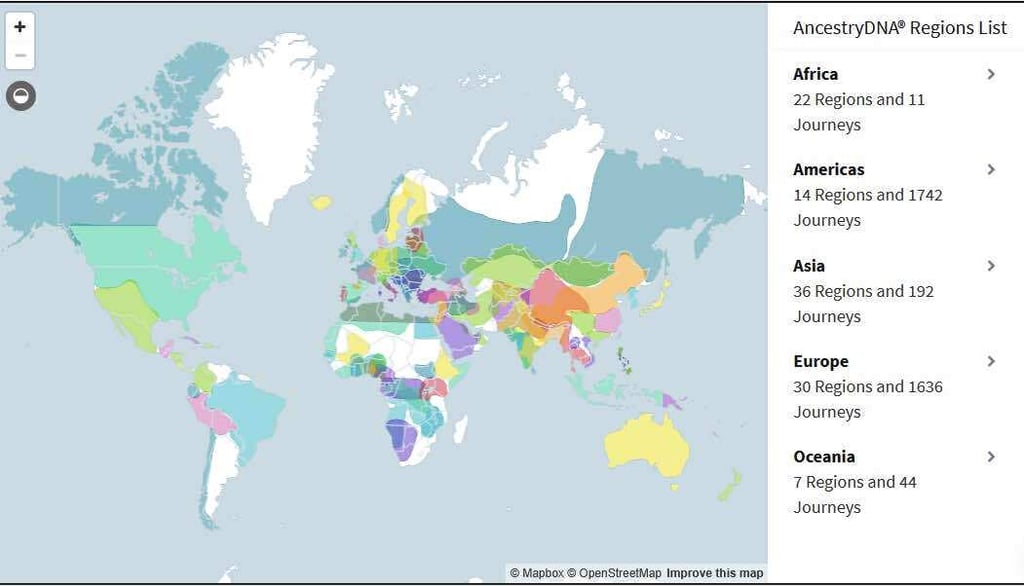

🗺️ What are AncestryDNA Regions?
Ancestry regions are large geographic areas that represent the deep genetic roots of your DNA, often reaching back over 1,000 years. These regions are identified by comparing your DNA to people with long-established roots in specific parts of the world. Your results show the percentage of your DNA that connects to each region, offering clues about where your distant ancestors may have lived. This helps you explore your ethnic and cultural background and serves as a foundation for building your family history.
Ancestry currently identifies 22 regions in Africa, 14 in the Americas, 36 in Asia, 30 in Europe, and 7 in Oceania. From these broader regions, Ancestry can now zoom in even further. Using Ancestral Journeys, they can trace your family’s story within the past 300 years, revealing more recent locations, migrations, and shared historical experiences.
🌱 What Is an Ancestral Journey?
An Ancestral Journey reveals the shared experiences of a group of people who lived in the same place during the same time period and often migrated together. These people often passed down more than just DNA. They shared local history, traditions, and life experiences.
These journeys can help you:
Discover where your relatives may have lived in the past 300 years, sometimes down to specific towns or counties
Trace their movements across countries or continents
Learn about the events they may have lived through
Understand what daily life may have been like for them
While a journey might not match your family’s exact story, it gives valuable insight into the community and environment your ancestors likely experienced.
🧬 How Are Ancestral Journeys Identified?
Ancestral Journeys are powered by Ancestry’s Genetic Communities technology. This system analyzes large groups of DNA matches to find people who share more DNA with each other than they do with people outside the group. These DNA clusters often reflect families and communities that lived near each other for generations.
Ancestry looks at how many of your matches belong to a group and how closely you are related to them. Then they use these highly connected groups to train an algorithm that finds other people who belong to the same journey.
Once a group is identified, Ancestry gathers information from family trees connected to DNA results. They analyze birth locations, dates, surnames, and generational patterns to trace how these groups moved over time. They also match these movements to historical events to give context to the journey.
For example, a journey might trace families leaving Ireland during the Great Famine or show African American migration from the South to the North during the Second Great Migration.
🗺️ What’s Included in This New Release?
The latest journeys offer new insights for people with roots in Central and Eastern Europe. This includes:
Poland, Slovakia, and Ukraine
Austria, Hungary, and the Czech Republic
Romania and surrounding Balkan regions
These journeys can help you:
Pinpoint ancestral homelands with more accuracy
Understand how families migrated from one region to another
Add context to your family tree based on local history
Discover new research leads and community connections
🔍 How Journeys Are Different from Regions and Subregions
Your AncestryDNA results include three types of insights: regions, subregions, and journeys.
Ancestral Regions show what percentage of your DNA comes from broad geographic areas, going back more than 1,000 years.
Subregions narrow that down to smaller areas within a region, based on DNA you share with people from very specific places.
Ancestral Journeys focus on more recent history, usually within the last 300 years. They tell the story of where your ancestors lived, where they moved, and what they may have experienced.
Journeys are more detailed and narrative-based. They combine DNA evidence with historical research to show how a group of people may have lived and moved through time.
🧭 Will You Receive a Journey in Your Results?
You will receive an Ancestral Journey if your DNA matches closely with others who share a strong connection to that journey. This usually requires a high number of shared matches and close genetic relationships with others in the group.
Not everyone will receive the same journeys, even if they share ancestors from the same area. This is because DNA is passed down randomly, and some people may not inherit the segments needed to qualify for a particular journey.
As more people test and connect their family trees, Ancestry will be able to discover and add even more journeys.
🌐 Start Exploring
To see if your family is part of this latest release, visit your AncestryDNA results and check the Ancestral Journeys section. Maps, migration timelines, and historical details can help bring your ancestors’ stories to life. If you haven't taken an AncestryDNA test, what are you waiting for?
This update is a powerful way to connect the past to the present and see how your family’s journey helped shape who you are today.
*Must have taken an AncestryDNA test to see these features.
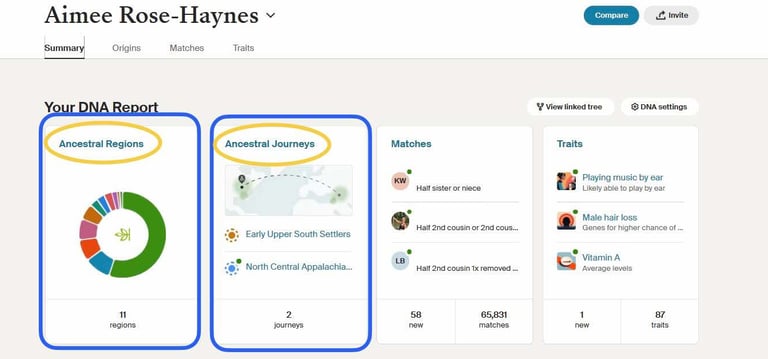

On your DNA Summary page, this is where to find Ancestral Regions and Ancestral Journeys.

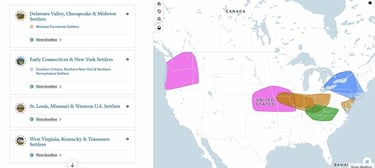
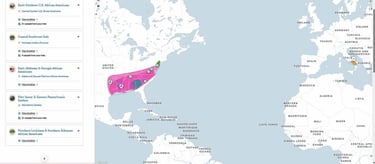



Example of different Ancestry Journeys.


